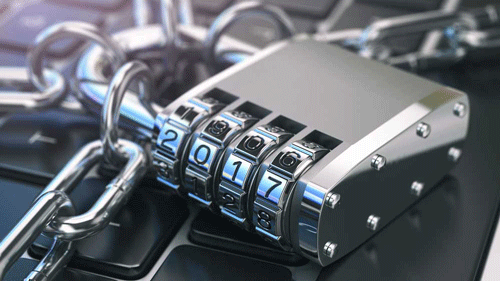Containers have revolutionized the way applications are deployed and run. They offer many benefits over traditional virtualization technologies, such as great portability, performance, and density. However, containers also present some unique security challenges. As the world moves increasingly toward containerization, it's essential to consider the security implications of this technology. While containers offer many benefits in terms of efficiency and portability, they can also create new security challenges. This article will explore some of the best practices for securing containers and keeping your data safe.
Keeping your containers secure could mean the difference between a thriving business and a total data breach. Here are five of the best practices for container security.

1. Use a Virtual Private Cloud for Your Container Deployments
A virtual private cloud (VPC) is a private, isolated section of a public cloud. Using a VPC for your container deployments, you can add an extra layer of security to your infrastructure. VPCs offer many benefits, including increased control over network security and improved performance.
2. Use a Dedicated Container Registry
A container registry is a repository for storing and managing Docker images. Using a dedicated container registry can help you keep your images organized and ensure that only authorized users have access to them. Additionally, many container registries offer security features, such as image signing and scanning, that can help protect your data.
3. Use Role-Based Access Control
Role-based access control (RBAC) is a security model that allows you to control access to resources based on the roles of users. RBAC can help you limit users' actions on your containers and images, reducing the risk of data breaches.

4. Use Security Groups
Security groups are a way to control network access to your containers. By creating security groups and assigning them to your containers, you can specify which traffic is allowed to reach them. This can help you block malicious traffic and limit the spread of infections in the event of a breach.
5. Use a Container Firewall
A container firewall is a network security policy that controls traffic to and from your containers. Using a container firewall, you can whitelist the IP addresses and ports allowed to communicate with your containers. This can help you block malicious traffic and protect your data. These are just a few of the best practices for securing containers. Following these guidelines can help keep your data safe and secure. This way, you can focus on using containers to improve your efficiency and productivity without worrying about the security of your data.





No Comments Available...